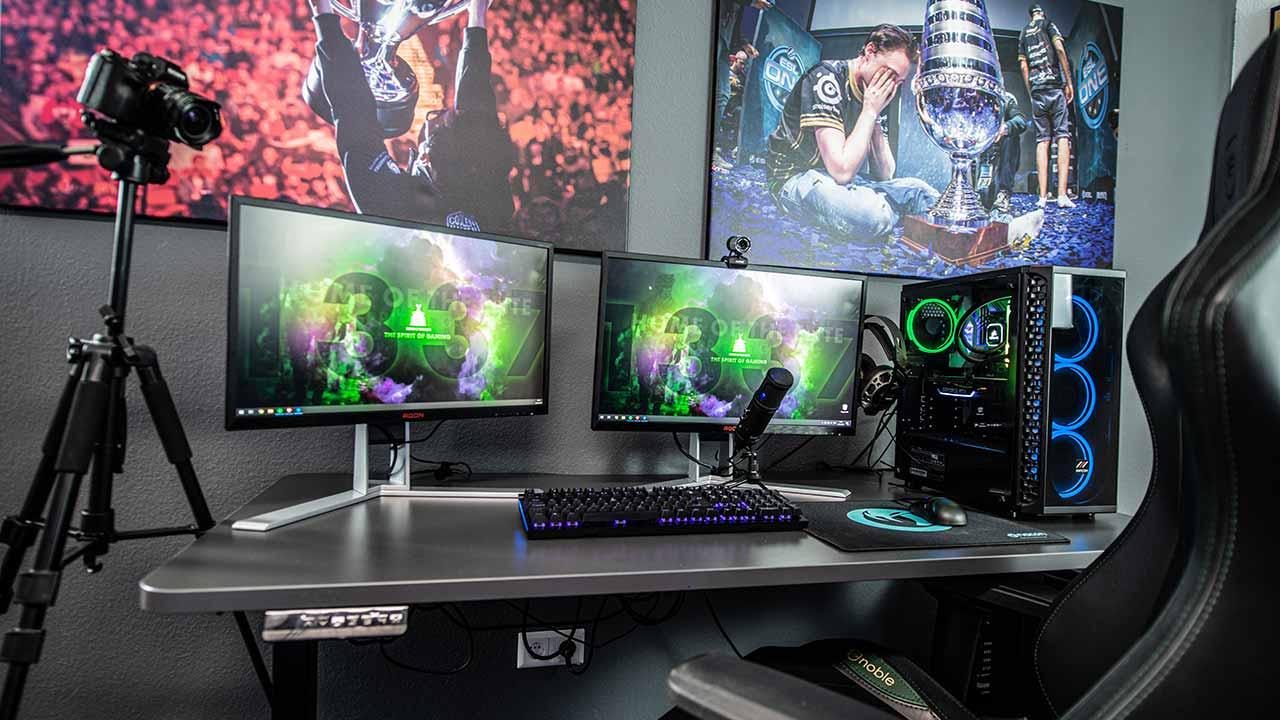When we are going to buy a monitor, the first thing we must take into account is the type of monitor we are looking for. If we want a monitor to play, it must have a high refresh rate. If you want this to work, the ultra-wide format is the best option. If the main use that we are going to give it is to watch multimedia content, a monitor with 4K resolution is ideal. Yes, we offer support for PiP and PbP, even better.
But what are PiP and PbP? PiP and PbP are additional functions included in some monitors that allow us to get the most out of them, since they allow us display two images from different sources on the same screensuch as for example the image of two computers, the computer and a console, the computer and the TV signal.
To use PiP and PbP on a monitor, the monitor must have two or more video inputs. This requirement is fundamental because it allows you to quickly exclude models that only have a single video input, since it is not possible to display more than one image simultaneously if there is only a single input source.
What is PiP
The acronym PiP stands for Picture in Picture, i.e. picture in a picture. This feature allows us to display a primary screen and a secondary screen that displays in one of the four corners of the monitor of the user’s choice. This function is always managed from the monitor configuration options, not from the operating system we are using and, in addition to changing the position on the screen, we can also choose between different sizes.
Depending on whether your monitor has this feature or not, the number of options for setting the screen position and size may vary. When we use the PiP function, the sound source is always the main screen and will be heard from the headphones or speakers of our PC. Some monitors, among the configuration options, also allow us to activate the sound of the secondary image, a sound that will be emitted through the speakers of the monitor without using the default source of the system.
This function is available on many televisions, since it allows us to work with the PC while we enjoy a series or television program or wait for it to start. It is also found in PC monitors, although in this type of device the most common function is PbP.
What is PbP
The English acronym PbP stands for frame by frame. This feature allows us to display two different video sources in split screen on the screen. Unlike the PiP function, where there is a main image and a secondary image, with PbP we have two image sources which are equally distributed on the screen as soon as the option is activated.
Some monitors, especially the most modern ones, allow us to configure the image size of each source so that one occupies more than the other, dividing the screen into 3 thirds for two input sources. This feature will mainly be used to view the image from two different computers on the same monitor. It is recommended that both computers use the same resolution, otherwise the monitor may not correctly interpret the information it receives and may not display the image correctly.
To configure this function, you must access the monitor configuration options, in the same way as to configure the PiP function. From this menu we can also configure the proportion of screen that shows each of the sources that we have connected to the device.
Which is better?
After understanding how both functions work, it’s not about which option is better, but about make good use of it, since the two have completely different goals. If we want to know if our monitor includes this function, we have two options: browse the configuration functions or access its specifications.
In the market we can find monitors that only offer the PiP function or the PbP function, both independently, although we can also find models that include support for both functions, although the number of models available on the market is very weak. The manufacturer LC-Power Monitor Gaming offers us this PiP and PbP compatible monitor.









